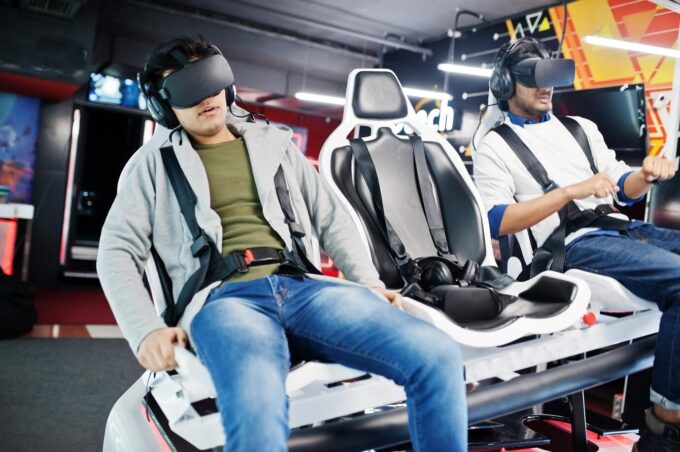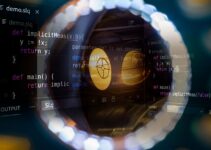Formula 1 is a highly demanding sport that requires a combination of physical fitness, mental acuity, and technical skill. During the off-season, when there are no races, F1 drivers need to maintain and even enhance their abilities to stay competitive.
One effective way to do this is through sim racing, a form of motorsport simulation that closely replicates the experience of real-life racing. Sim racing has evolved significantly over the years, thanks to advancements in technology, making it an invaluable tool for F1 drivers to train during the off-season.
This article explores the role of sim racing in F1 drivers’ off-season training, focusing on how it helps them improve their skills, stay sharp, and adapt to new conditions.
Enhancing Driving Skills and Techniques
Sim racing provides a unique platform for F1 drivers to refine their driving techniques and improve their overall performance. The virtual environment replicates the real-world physics of a Formula 1 car, including aspects such as tire grip, aerodynamics, and engine response.
This allows drivers to practice complex maneuvers and race strategies in a controlled setting. For instance, drivers can work on perfecting their braking points, cornering techniques, and throttle control without the physical wear and tear on their bodies or the cars.
Sim racing offers a risk-free environment to experiment with different driving styles and setups, helping drivers get better at sim racing, which translates into improved on-track performance.
Mental Training and Focus Enhancement

Source: freepik.com
Mental strength and focus are critical components of an F1 driver’s skill set. Sim racing provides an excellent platform for honing these mental aspects of the sport. The high-intensity nature of racing simulations requires drivers to maintain concentration and make split-second decisions, just as they would in a real race.
This helps them develop the mental resilience needed to cope with the stress and pressure of actual F1 races. The mental engagement in sim racing also helps drivers stay sharp during the off-season, preventing the cognitive decline that could occur from prolonged periods away from the track.
Physical Conditioning and Muscle Memory Development
While sim racing may not provide the same level of physical exertion as real-world racing, it still plays a role in maintaining the physical conditioning of F1 drivers. The use of realistic steering wheels, pedals, and force feedback systems in high-end simulators replicates the forces and feedback experienced in a real F1 car.
This helps drivers maintain and build the muscle memory necessary for precise steering inputs and pedal modulation. By practicing in the simulator, drivers can keep their reflexes sharp and maintain the fine motor skills required for accurate control of the car.
Data Analysis and Feedback Utilization

Source: freepik.com
One of the significant advantages of sim racing is the ability to collect and analyze vast amounts of data. F1 teams use simulators to gather telemetry data, which includes information on lap times, speed, throttle and brake inputs, and car handling characteristics.
This data is invaluable for drivers and their engineers to assess performance and identify areas for improvement. During the off-season, drivers can work closely with their teams to analyze simulator data, fine-tuning their driving techniques and car setups based on this feedback.
Conclusion
Sim racing has become an integral part of off-season training for Formula 1 drivers, offering numerous benefits that enhance driving skills, mental focus, and physical conditioning. The ability to practice on various tracks, analyze data, and simulate race scenarios provides drivers with a comprehensive training experience that closely mirrors real-world racing.
As technology continues to advance, the role of sim racing in F1 will only grow, providing drivers with even more sophisticated tools to prepare for the challenges of the sport. By embracing sim racing, F1 drivers can maintain their competitive edge and stay at the forefront of motorsport innovation.



